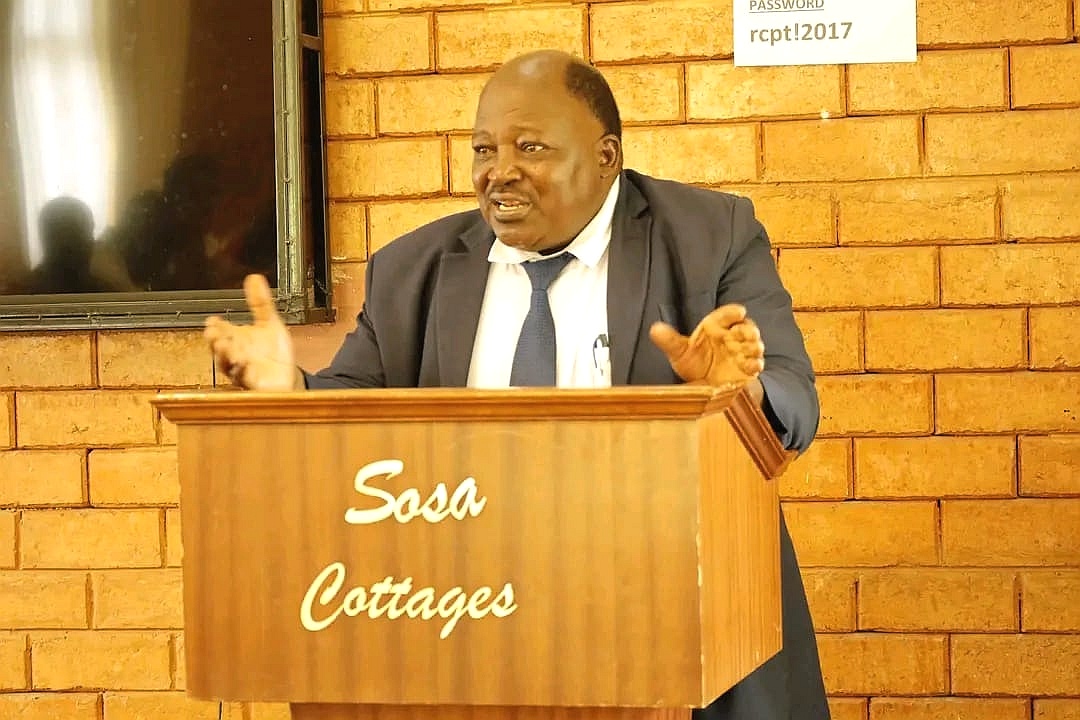
Leading mining companies in Africa based on market capitalization
As of August 2025 (In billion U.S. dollars)
The county has more than 100 sand mining sites either done by small scale miners or large companies.
In Summary

Audio By Vocalize
 Vihiga environment executive Dr Jaitus Amayi addresses experts, county government officials and other stakeholders /HILTON OTENYO
Vihiga environment executive Dr Jaitus Amayi addresses experts, county government officials and other stakeholders /HILTON OTENYOThe government of Vihiga has
finalised a policy framework to regulate sand harvesting and quarrying, a
sector that has grown rapidly on the back of rising demand for construction
materials.
Developed by the Department of Environment, Energy, Natural Resources and Climate Change, the policy aims to
balance economic benefits with environmental protection and community welfare.
It comes amid concerns that
unregulated extraction has left behind degraded land, reduced farm
productivity, and put rivers at risk of drying up or flooding during heavy
rains. Residents have also raised the alarm over rising conflicts linked to
resource use.
County executive for environment Dr Jairus Amayi said the framework will introduce clear extraction guidelines,
mandatory rehabilitation of mining sites, and protection of sensitive
ecosystems.
“We had to act after widespread
complaints from residents that illegal sand harvesting and quarrying was
risking their health and safety. Once implemented, this policy will regulate
the sector, safeguard the environment, and ensure that communities benefit
without compromising Vihiga’s ecological balance,” he said during a validation
forum that brought together experts, officials, and community representatives.
The county is home to more than 100
sand mining sites, operated both by small-scale miners and large companies. For
many, it is a trade of last resort despite repeated government bans, especially
along rivers.
Kennedy Afandi, a 36-year-old father
of two who has worked for a decade at River Lunyerere, says the work is
grueling and dangerous.
“People think we make millions, but
this business is all sacrifice and loss. Every day I risk my life in the waters
just to earn enough to feed my family,” he said.
A lorry earns a
harvester between Sh6,000 and Sh12,000, but most of that, he added, goes to
labour and logistics.
For residents like Phoebe Malesi
from Kijutu, the trade-off has been too costly. “Our land has been severely
affected by mining.
The policy, which also emphasises
climate-resilient technologies, is expected to put Vihiga ahead in sustainable
resource management once adopted.
For now, communities wait to see
whether this framework will finally tame a sector long associated with
environmental damage and human suffering.

As of August 2025 (In billion U.S. dollars)